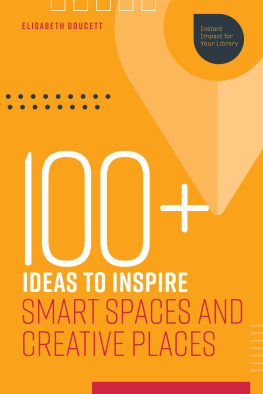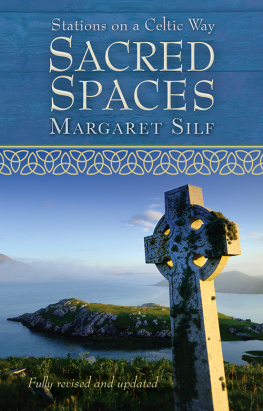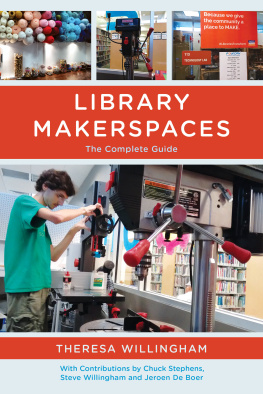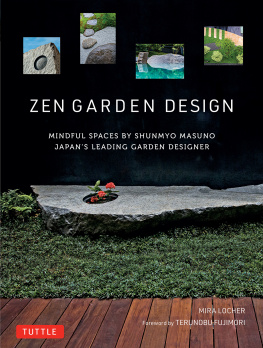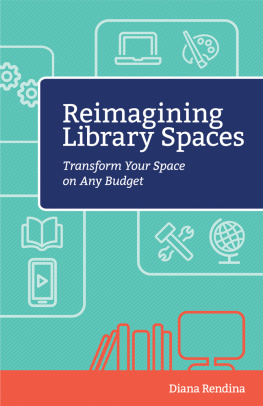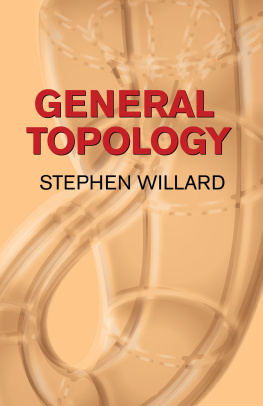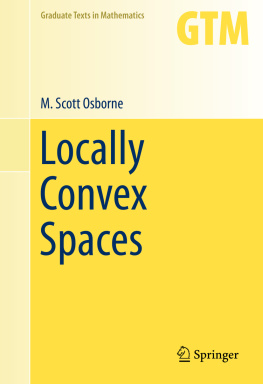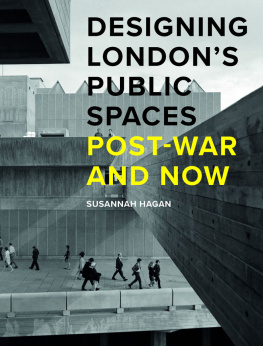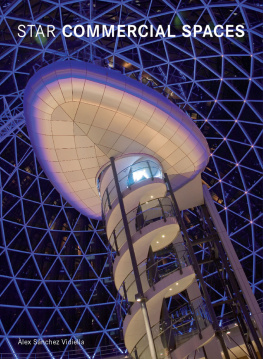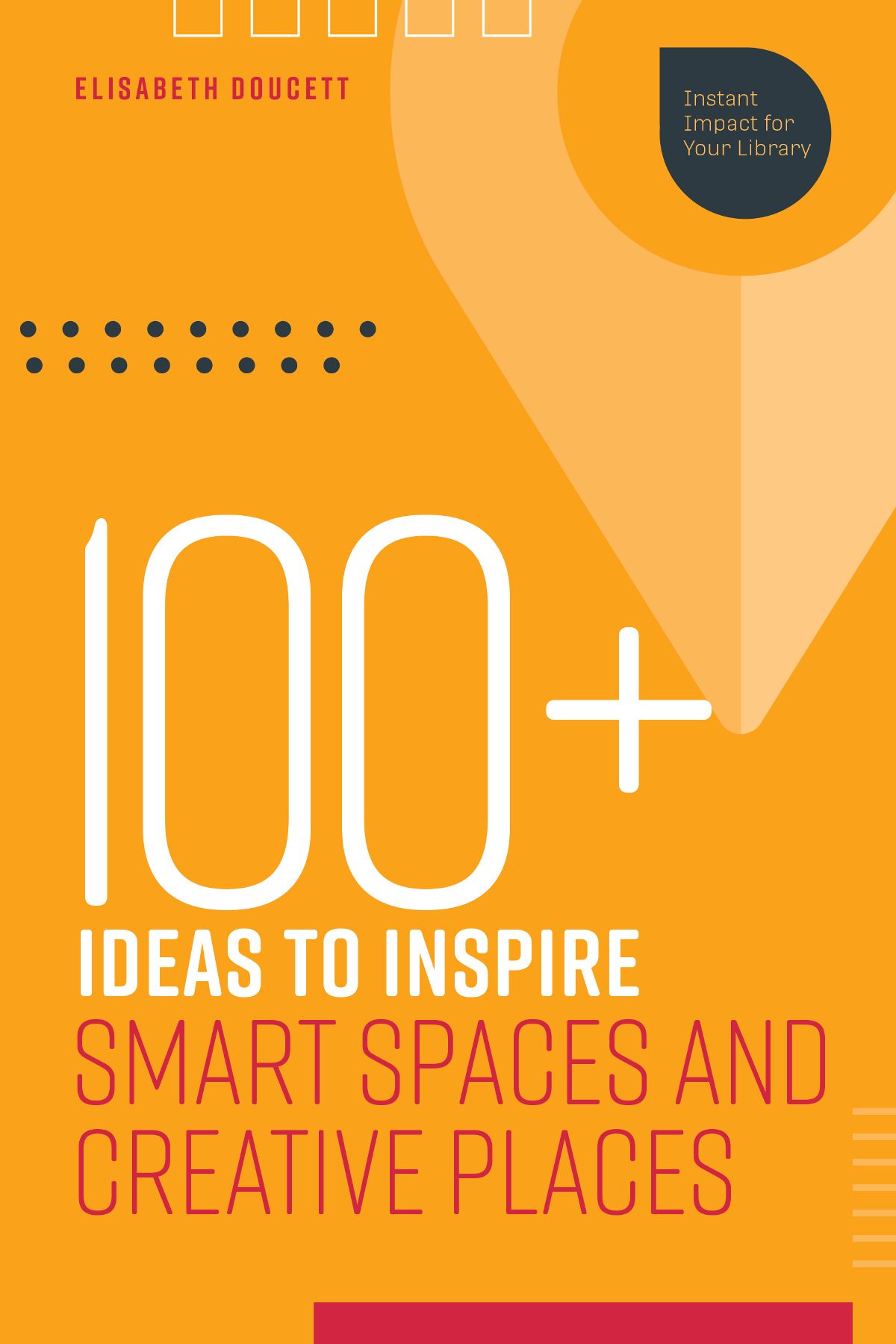
ALA Editions purchases fund advocacy, awareness, and accreditation programs for library professionals worldwide.
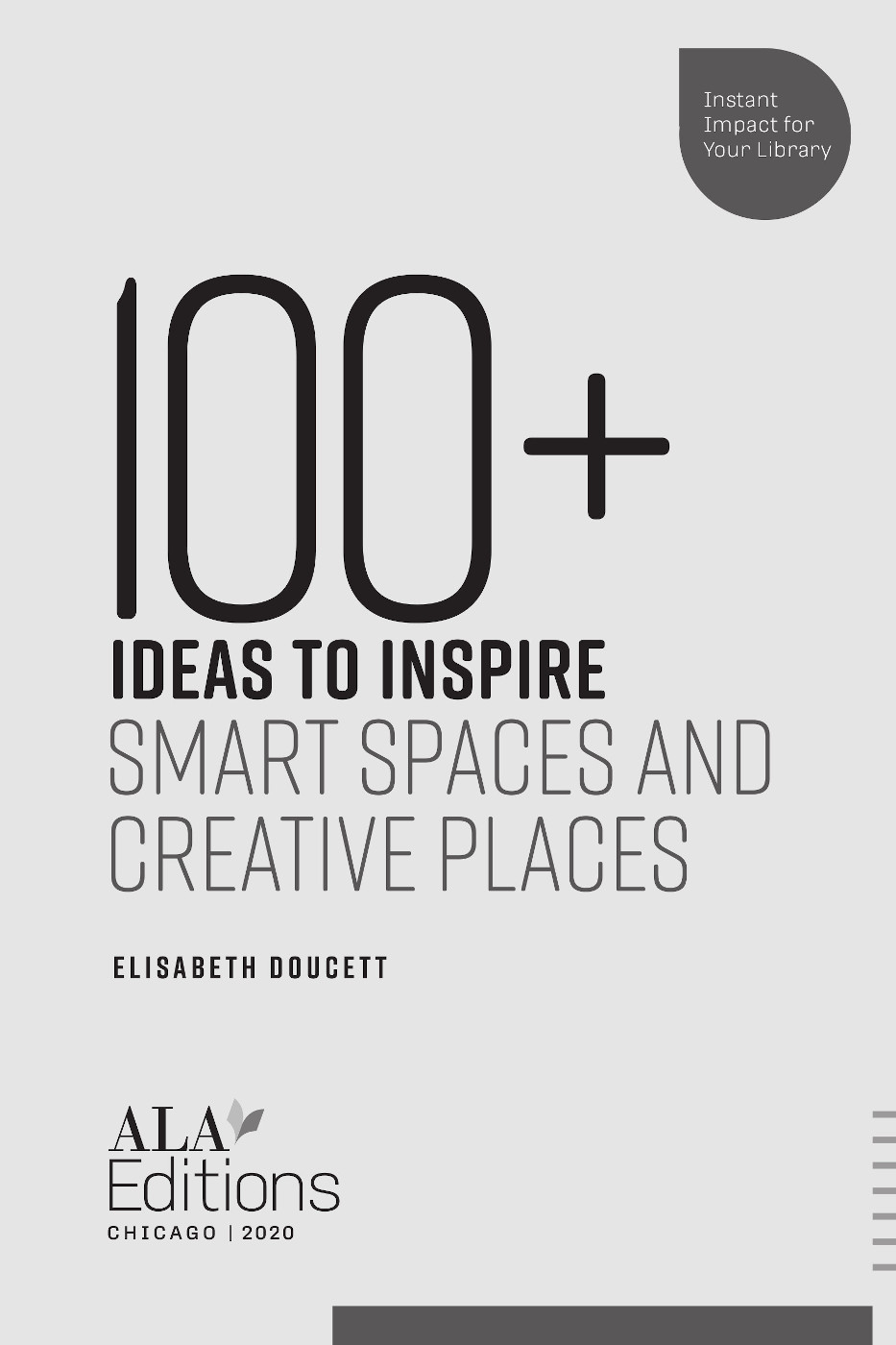
ELISABETH DOUCETT is executive director of the Curtis Memorial Library in Brunswick, Maine, and the author of New Routes to Library Success, What They Dont Teach You in Library School, and Creating Your Library Brand. She holds a BA from Smith College, an MLS from Simmons College, and an MBA in marketing from the J. L. Kellogg School of Management at Northwestern University.
2020 by Elisabeth Doucett
Extensive effort has gone into ensuring the reliability of the information in this book; however, the publisher makes no warranty, express or implied, with respect to the material contained herein.
ISBNs
978-0-8389-4718-0 (paper)
978-0-8389-4730-2 (PDF)
978-0-8389-4731-9 (ePub)
978-0-8389-4732-6 (Kindle)
Library of Congress Cataloging-in-Publication Data
Names: Doucett, Elisabeth, author.
Title: 100+ ideas to inspire smart spaces and creative places / Elisabeth Doucett.
Other titles: One hundred plus ideas to inspire smart spaces and creative places
Description: Chicago : ALA Editions, 2020. | Series: Instant impact for your library | Includes bibliographical references. | Summary: This book provides over 100 space and design ideas that libraries can modelProvided by publisher.
Identifiers: LCCN 2019051444 (print) | LCCN 2019051445 (ebook) | ISBN 9780838947180 (paperback) | ISBN 9780838947302 (pdf) | ISBN 9780838947319 (epub) | ISBN 9780838947326 (kindle edition)
Subjects: LCSH: LibrariesSpace utilization. | Library buildingsUnited StatesCase studies.
Classification: LCC Z679.55 .D68 2020 (print) | LCC Z679.55 (ebook) | DDC 022/.3dc23
LC record available at https://lccn.loc.gov/2019051444
LC ebook record available at https://lccn.loc.gov/2019051445
CONTENTS
Inviting Mother Nature into Your Library
A Picture Is Worth a Thousand Words
You Can Make Any Space Beautiful
Testing, Testing, Testing
Using the Space between Spaces
Sharing Who You Are through Your Building
Dont Let Me Get Bored When I Walk in Your Door
Tell Me Something Interesting
What Was Old Is New Again
With a Little Help from My Friends
I Made This Just for You
Bleisure Travel
Where the Wild Things Are
Your Community
I would like to thank my brother, Jamie Doucett, who took many of the photographs in this book. He has always been a wonderful photographer, and it was a real treat to have him take photographs of Curtis Memorial Library.
And, speaking of Curtis, I work with a group of wonderful people there. The librarians and staff are smart, funny, extraordinarily creative, and willing to try almost anything to ensure our library is the best it can be for our community. Most of the examples shared in this book of Curtis spaces happened because of their ingenuity and willingness to explore.
Curtis also has a large and very dedicated cadre of volunteers who raise money to support the library and who do an infinite number of jobs within it. This gives the staff the free time and resources to produce their magic.
And, finally, the board of directors at Curtis has always been supportive and smart about how they oversee the library. They have trusted the library staff to do their absolute best, and I dont think they have ever been disappointed.
Thank you to all of these people for their dedication to such an amazing community institution as Curtis Memorial Library.
We all know that life is getting busier. As librarians we strive every day to listen to our community, provide the services that enrich the lives of our users, and occasionally find the time to do some reading that furthers our professional skills and sparks our creativity.
I wrote this book for those small chunks of time when librarians have the energy and interest to learn something new that might be useful at their library. The chapters are short and meant to stand alone, so you can read whatever captures your interest. I provided examples of space and design elements that can be used by libraries. There are photographs, so you can see how some of these space ideas look in real life. At the end of each chapter, I have provided a few online resources that I found useful and that should assist you in learning more about a specific topic.
I try to keep my eyes open, and when I see a good idea, no matter where I find it, I think about how I might be able to use that idea at my library. At the end of the day, my goal is just like that of every librarian. I want to make sure my library is doing useful, relevant work and that it is an institution valued and frequently visited by its community. I hope this book will help you in that endeavor.
WHY THESE IDEAS MATTER
When I started writing this book, I wanted to identify space and design ideas that libraries could model or that would spur the development of new ideas in readers minds. Here are the key reasons why all of these ideas can make a difference in your library:
- People today want experiences. They want to be entertained and educated. Libraries are not exempt from this expectation. If you can ensure that a visit to the library will include the opportunity to experience something new (art/displays/hands-on exhibits/etc.), it will greatly enhance the likelihood that your patrons will visit the library on a regular basis. Plus, given that libraries have plenty of space for their books, space is an obvious tool with which libraries can work.
- Many of these ideas will draw people into your library who dont visit often or, in some cases, ever. The ideas are meant to be fun, different, and of a nature that will appeal to lots of people, not just those who visit the library regularly. Innovative ideas will help expand the number of people who experience your space. Plus, once youve got those folks in the door, youll have the chance to share all of the other wonderful things your library can do for them.
- Some of the ideas included in this book are good for library staff and visitors just because they improve the health or attractiveness of the library space. For example, green spaces are innately eye-catching. They encourage stopping, relaxing, and enjoying, all of which are beneficial to our health. They also add to the oxygen level of the space they inhabit, and more oxygen is good for everyone!
- Libraries are still accused by critics of being dusty, musty, old spaces. I think nothing can do a better job of combating that image than new ideas, demonstrated in a very physical, real, and unexpected way. Imagine if people came to town in the summer and were told at the visitors center, Dont miss visiting the bathrooms at the library! (Keep reading if you want to know what that means.)
- Creating spaces for specific groups, such as millennials, is a fairly simple way of beginning to build a relationship with that group. You probably dont want to turn your whole library into a millennial-enticing zone, but it cant hurt (and might help) to think about what they want and how you might provide them with that. At the same time an idea that is meant for millennials must just as easily appeal to others. You never know until you try.
- Space has the potential to amplify the standards espoused by a library. If a space can articulate what your library values and believes in, it can act as a powerful tool to reinforce that message to your community. Instead of walking into a library and feeling as if your surroundings resemble those of other libraries youve visited, imagine how powerful it would be to walk into your local library and immediately experience what is important to that organization and what makes it unique and relevant to its community.
Next page
